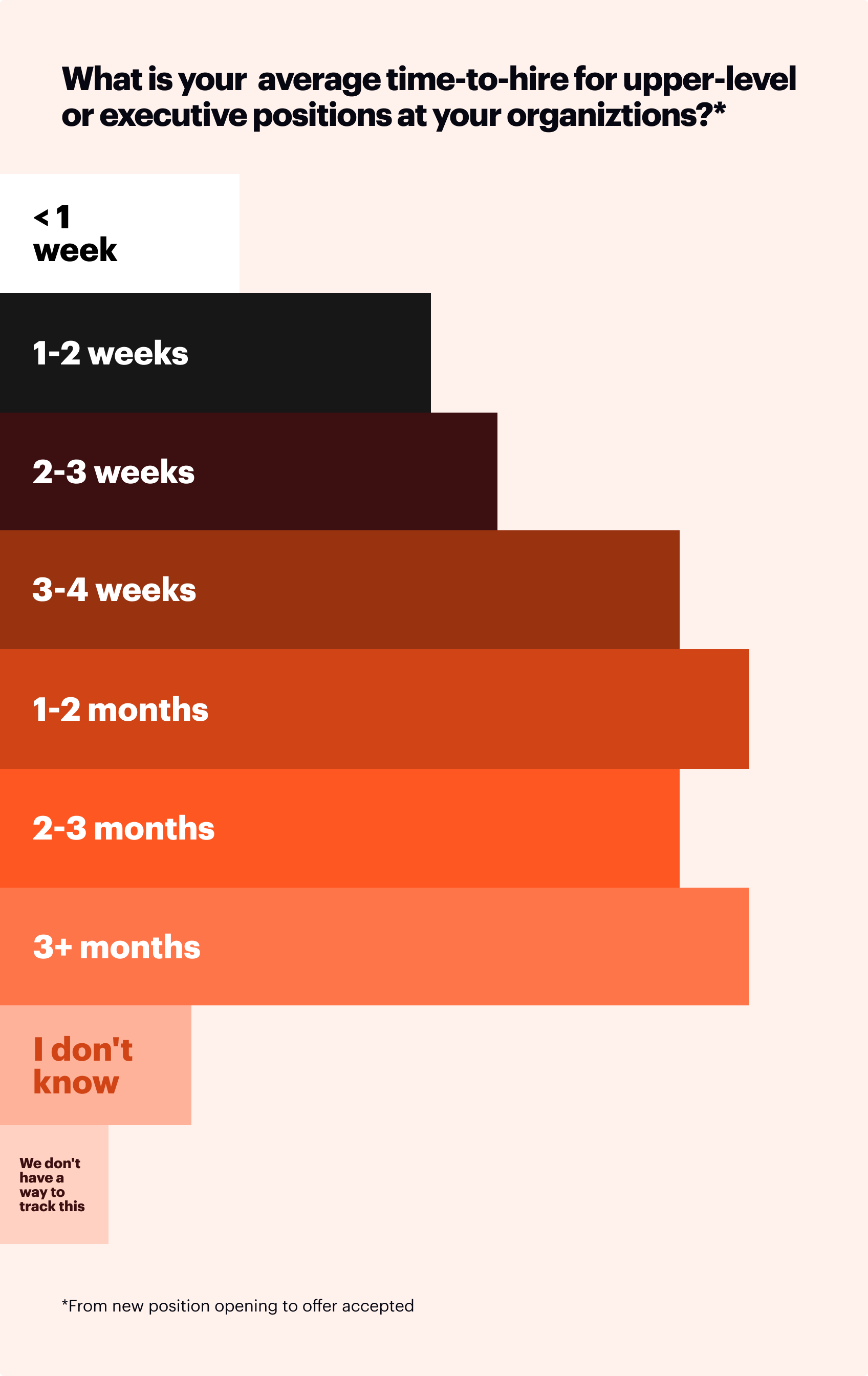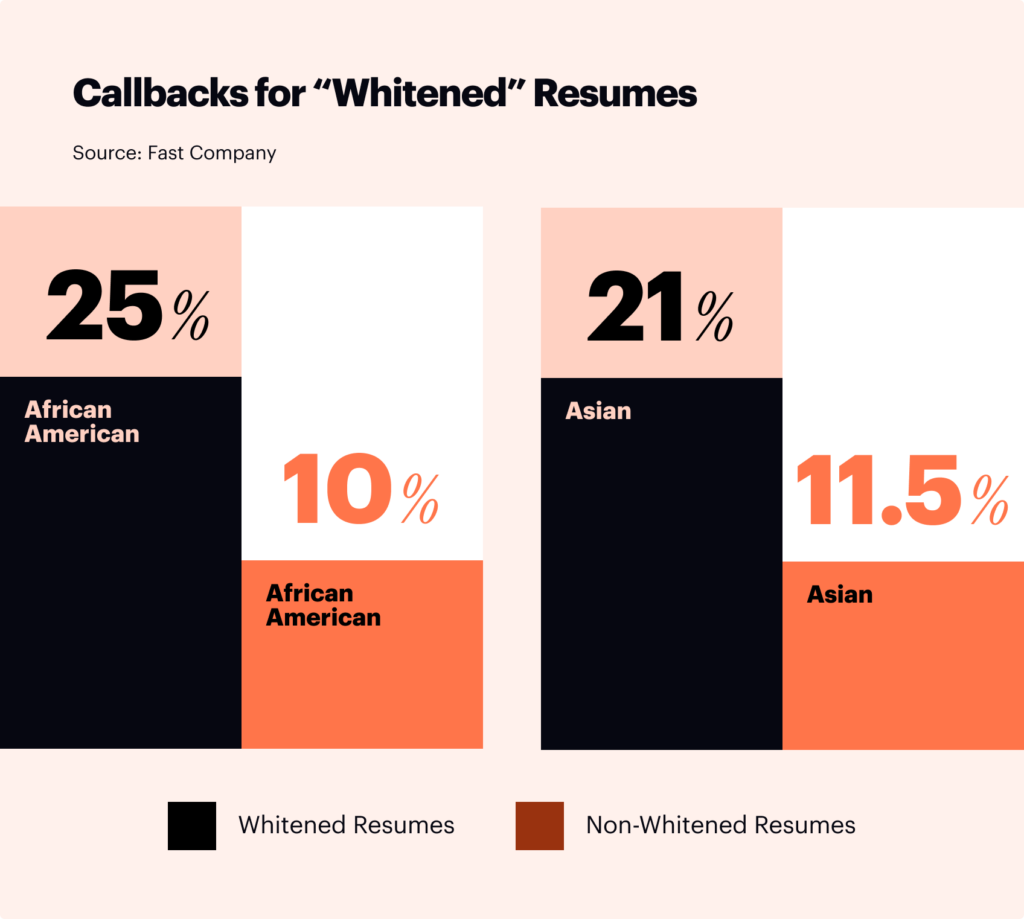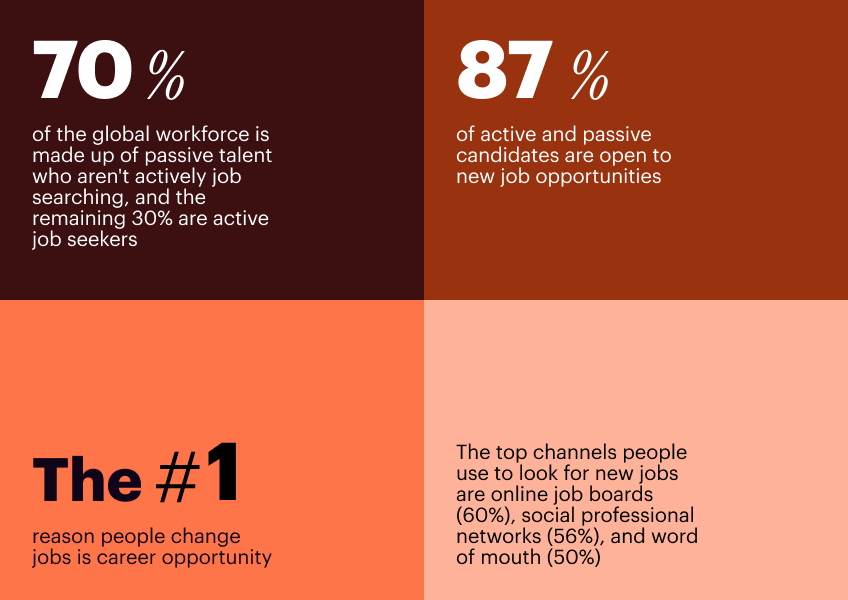
Talent acquisition can be a difficult task. Of course, you want the right people for the right roles and employees who will be an asset to your business—this is especially true when it comes to executive recruitment.
Identifying and hiring the next generation of leaders and executives takes a lot of work for recruiters. Variables such as brand reputation, pay, and talent scarcity can significantly impact your ability to attract suitable candidates to C-level roles.
Keep reading if you are wondering how to source suitable executive candidates and fill C-level roles in your organization. This article will explain some of the best practices in executive recruitment and C-level hiring.
What is executive recruitment?
Executive recruitment refers to recruiting candidates for senior positions in an organization. These roles are often called C-level positions; “C” represents “chief.” These executive roles make up the leadership teams of your organization. As such, there are often high stakes associated with them.
In C-level employment, top level talent is precious and in high demand. Because of this, executive hiring is often dealt with separately by an independent team within the HR department, with its own set of HR tools to spot top candidates. Otherwise, the C-level employment process is outsourced to a third-party executive search firm.

Seven best practices in C-level recruitment
Organizations typically choose either to complete the executive recruitment process in-house, or outsource this task to an executive recruiter. In either case, there are certain tips and tricks that can help along the way. In this section, we discuss seven best practices in C-level hiring:
Develop an executive recruitment strategy
The average candidate conversion is just 30% which points to many organizations lacking an optimized job application process. As with any decisions you make in business, you should have a well-thought-out plan for recruiting C-level positions in your organization. To successfully recruit your C-level executives, you need to understand the challenges and opportunities within your organization and how this strategic hire will help solve them.
Alarmingly, 85% of Fortune 500 companies don’t have an optimized procedure for job applications to maximize their efficiency and effectiveness.
To formulate your executive recruitment strategy, you might consider the following questions:
- What challenges are we trying to solve?
- What skills and knowledge do you need from an ideal candidate?
- Are there unique skills or qualifications required?
- How do we expect this role to impact our overall business objectives?
A good C-level hiring strategy will ensure everyone is on the same page regarding the goals of the employment process.
Key stakeholders must be involved in the decision-making process. This includes setting clear objectives, defining who the ideal candidate is, where you will be searching for top candidates, and how you will assess these individuals. Don’t worry if this sounds overwhelming, as we will cover each of these processes and more as we move through this article.
Identify the C-level candidate requirements
Before you begin your C-level search, you must determine your ideal C-level employee. To do so, you need to be clear on the details of the role, such as:
- How many people will they be managing?
- What will their critical role be as part of the wider executive team?
- What goals and objectives will they be working towards as a senior executive?
Once you can answer these critical questions, you can build a picture of your ideal C-level executive. You might consider blind recruiting strategies to reduce unconscious bias. This ensures your C-level hire is the best candidate for the job regardless of age, gender, ethnicity, etc. Additionally, it’s essential to identify and evaluate core manager competencies, such as leadership, strategic thinking, communication skills, and adaptability, when defining your ideal candidate. These competencies will play a significant role in determining the success of your C-level executive in their role.

These strategies might include their level of qualifications, experience, and values. If you are not specific enough about the candidate you are looking for, you might employ the wrong person. This can be a costly mistake.
Create a detailed job description
To attract top C-level talent, you must write a detailed job description that appeals to your ideal candidate. A good job description clearly outlines the expected roles and responsibilities of the position. A straight-to-the-point job description also acts as a sales document and should motivate potential candidates and demonstrate why they would love to be part of your leadership team.
When it comes to writing a C-level job description, include the following:
- Soft and hard skills required for the position
- Necessary or desired education, qualifications, and expertise
- Critical responsibilities and expectations as a senior hire
- Unique information about the position and your company
- The significance of the executive role for the success of the organization
- The current challenges and opportunities the business faces
A quality job description is more likely to attract top C-level talent and make the rest of your executive recruitment process more manageable.
Determine where to search for executive candidates
Have you identified your ideal candidate and created a detailed C-level job description? You now need to decide where you will search for top executives. Depending on the C-level role in question and the objectives for the hire, you may begin searching among internal candidates.
What if your next C-level hire was an existing employee? Recruiting internally can be a highly successful recruitment strategy that has many benefits, such as:
- Lower costs compared with external executive recruiting
- Reduced time-to-hire
- Better employee retention
- Improved employee engagement and employee morale
- Improved succession planning and internal talent management
Perhaps the ideal C-level candidate doesn’t already exist within your organization. This is when the executive search goes beyond your organization and begins connecting with potential candidates. Consider using an omnichannel approach to reach the audience you hope to communicate with. As part of this critical executive recruitment process, you should:
- Identify the job titles of the candidates you will target
- Identify particular companies you might or might not target
- Define the channels to use for outreach (e.g., LinkedIn, recruitment websites, etc.)

C-level recruitment can be challenging as top talent can be difficult to engage with. The key is to be consistent and personalize the approach as much as you can. C-level candidates want to feel valued and connected to your organization before considering applying for an executive role.
Conduct a thorough assessment of candidates
Once you have a shortlist of potential C-level hires, you must assess the candidates. How well do they meet your requirements? Using the job description you created earlier in the C-level hiring process, you can decide how well the candidates meet the criteria.
This includes assessing their hard and soft skills, their work experience, skills, and competencies, as well as how well they would fit into your company culture. The assessment process might include:
- Formal interviews
- Informal meetings
- Assessments and questionnaires
- Candidate presentations
Consider leveraging assessment platforms and tools to streamline the evaluation process and provide valuable insights into candidate suitability. Remember that C-level hiring has high stakes. You want to ensure this step in the executive recruitment process is as thorough as possible to avoid costly hiring mistakes.
Make an informed decision
Of course, the executive recruitment process aims to find the best candidate for the job. However, that can be more challenging than it sounds. Once you have shortlisted your candidates and taken them through your rigorous assessment, you can proceed to the decision-making process.
Carefully use all the information available to make an informed decision about who to hire. Consider using digital technologies and AI to assist you in this process (more on that in the next section). Once the decision is made, it’s time to extend an offer to the successful candidate. You can begin negotiations, background checks, and onboarding processes.
Use technology and data analytics to assist your executive recruitment efforts
Consider using digital technology and data-driven approaches to transform the C-level hiring process. This could include using AI in recruitment or leveraging data analytics during the candidate selection process. Consider leveraging internal communication tools such as an employee app as part of your executive recruitment strategy. An employee app can be crucial in keeping key stakeholders informed and engaged throughout the C-level hiring process, ensuring everyone is aligned with the strategy.
Using AI alongside a data-driven approach will reduce recruitment costs, increase successful hires, and improve business outcomes overall. Let’s briefly explore how digital technologies and data analytics can be used at different stages of the executive recruitment process:
Sourcing candidates for your leadership team
Data analytics can be hugely helpful when sourcing C-level candidates for executive roles. You can analyze which sources generate the best-suited candidates for particular roles. This helps you to decide where to focus most of your executive hiring efforts.
Not only that, but by using predictive analytics, companies can forecast hiring needs, skill gaps, and shortages within their organization. This is particularly useful when hiring for C-level roles.
Application and interview process
Use data analytics and AI tools to improve the application process and, therefore, improve the efficiency of the overall executive recruitment process. For example, an AI tool could sort and categorize applications in a fraction of the time it would take a human employee. Automation in HR can vastly reduce the time spent on executive recruitment. It can also improve overall efficiency and productivity across the board.
You can also use data analytics and AI to analyze responses throughout the interview process. You can look at the qualities expressed by successful candidates in previous interviews. You can then better understand what to look for during interviews with potential candidates.
Selection process
As we mentioned, you need to use all the information at your disposal, bolstered by AI in recruitment, to make the best hiring decision for your C-level roles. When using a data-driven approach and digital technologies, you can be confident that your decision is based on high-quality data rather than gut. This is a much more effective method of executive recruitment and leads to better hiring outcomes.
The role of HR automation in executive search process
More and more HR departments are using automation tools to make their work easier. One area where this is really important is finding top level candidates. Here’s how HR automation is changing the way companies find C-suite managers:
1. Faster and more streamlined hiring process
HR automation speeds up the process by quickly sorting resumes and scheduling interviews. This means getting the right people on board faster and with fewer mistakes.
2. Better candidate experience
Automation keeps top level candidates informed and engaged throughout the hiring process, even if they don’t get the job. This makes the company look good and attracts top talent.
3. Smarter decision-making
HR automation provides helpful data insights, making it easier to spot trends and make informed decisions about who to hire for C-suite roles.
Elevate your executive search process
Executive recruiters don’t have it easy. Top talent is often hard to source, and C-level roles demand more skilled and competent individuals. It is, therefore, essential that a proper executive recruitment strategy is in place.
Regarding C-level hiring, recruiters must set clear objectives, determine the ideal candidate, and carefully research where to find them. In addition, they should utilize technology and data analytics. This will help make informed strategic hiring decisions, leading to better outcomes.
Ultimately, executive recruitment shouldn’t be taken lightly. Employ these tips in C-level recruitment to ensure your business attracts and keeps top talent in your executive roles.

